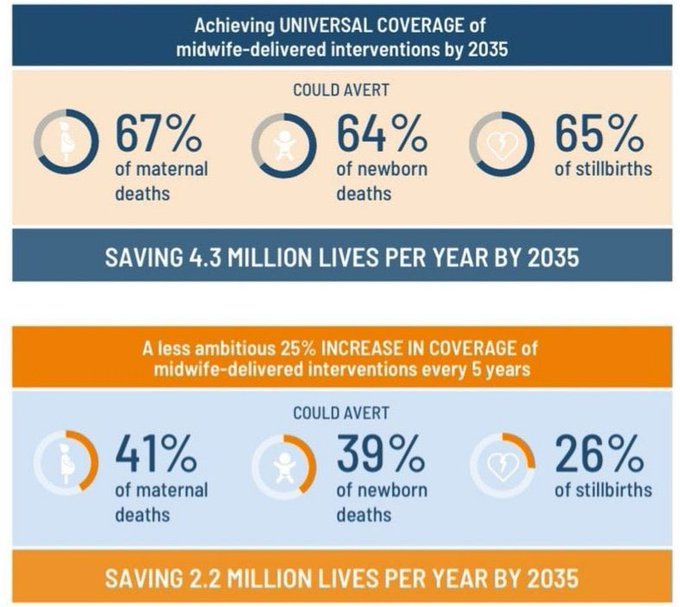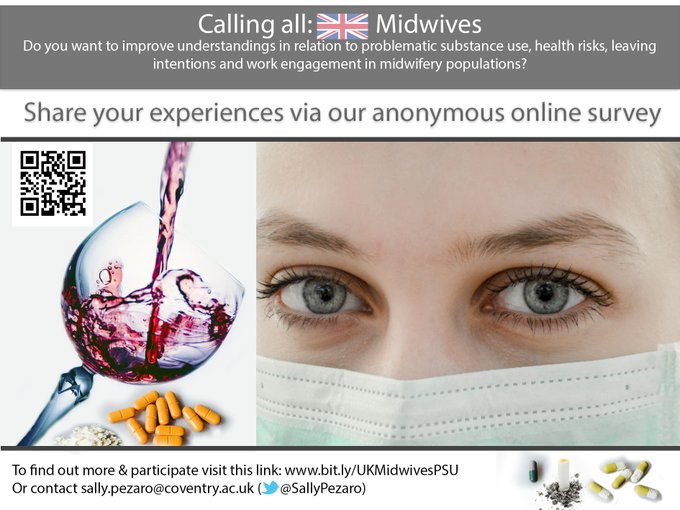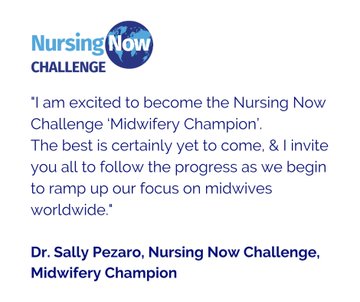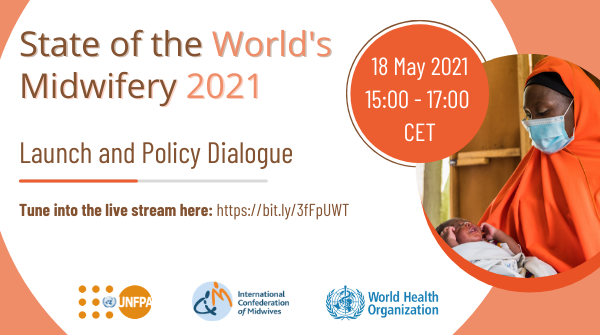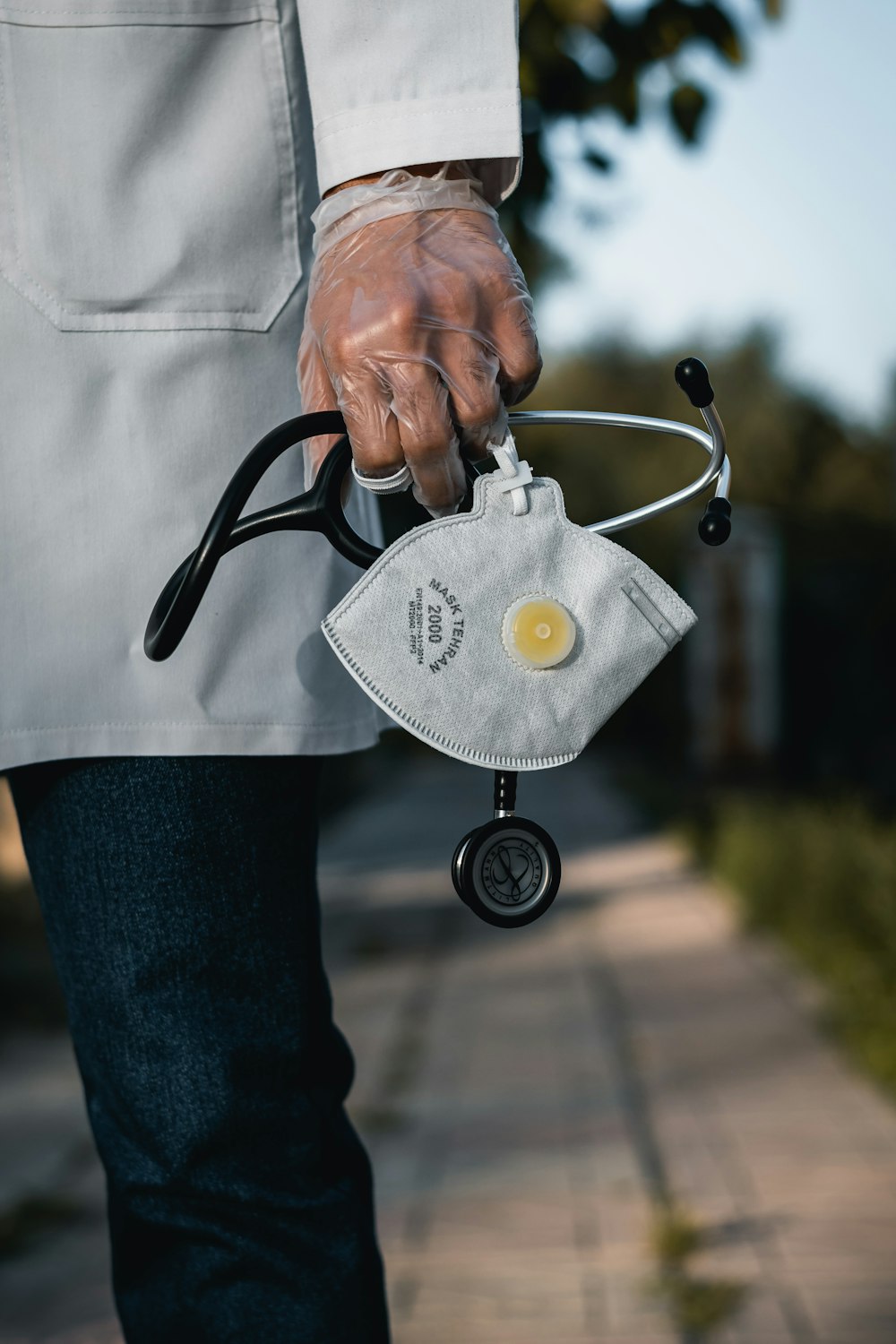There are many theories of work stress and general stress theories. I have been trying to get my head around just a few, and so I thought I would share them here for future reference on work stress theory. Perhaps these will help you in your job and career?…or perhaps help you as a leader or manager to support your employees. In any case, please share your top workplace tips for working productively…. I would love to see these theories used to make your workplace a happier one ❣

Transactional theories of work-related stress
The most commonly used transactional theory suggests that stress is the direct product of a transaction between an individual and their environment which may tax their resources and thus threaten their wellbeing (Lazarus 1986, Lazarus and Folkman 1987). Yet a more recent version of this theoretical model suggests that it is the appraisal of this transaction that offers a causal pathway that may better express the nature of the underlying psychological and physiological mechanisms which underpin the overall process and experience of stress (Lazarus et al. 2001).
In this sense, any aspect of the work environment can be perceived as a stressor by the appraising individual. Yet the individual appraisal of demands and capabilities can be influenced by a number of factors, including personality, situational demands, coping skills, pervious experiences, time lapse, and any current stress state already experienced (Prem et al. 2017). One multidisciplinary review provides a broad consensus that stressors really only exert their effects through how an individual perceives and evaluates them (Ganster and Rosen 2013).
As such, the experience of workplace stress according to the transactional theory, is associated with exposure to particular workplace scenarios, and a person’s appraisal of a difficulty in coping. This experience is usually accompanied by attempts to cope with the underlying problem and by changes in psychological functioning, behaviour and function (Aspinwall and Taylor 1997, Guppy and Weatherstone 1997). In order to recognise these external and internal elements of workplace stress, Cox (1993) outlined another modified transactional theory. This theory represented the sources of the stressor, the perceptions of those stressors in relation to his/her ability to cope, the psychological and physiological changes associated with the recognition of stress arising, including perceived ability to cope, the consequences of coping, and all general feedback that occurs during this process.
Yet, as with all transactional theories of work-related stress, it is the concept of appraisal that has been criticised for being too simplistic and for not always considering an individuals’ history, future, goals and identities (Harris, Daniels and Briner 2004). Additionally, in his later works, Lazarus stressed that his transactional theories of stress failed to acknowledge the outcomes associated with coping in specific social contexts and during interpersonal interactions (Lazarus 2006a).

Interactional theories of stress
Interactional models emphasise the interaction of the environmental stimulus and the associated individual responses as a foundation of stress (Lazarus and Launier 1978). For instance, the Effort-Reward Imbalance (ERI) theory posits that effort at work is spent as part of a psychological contract, based on the norm of social reciprocity, where effort at work is remunerated with rewards and opportunities (Siegrist 1996). Here, it is the imbalance in this contract that can result in stress or distress. Yet in contrast to transactional theories of stress, this imbalance may not necessarily be subject to any appraisal, as the stressor may be an everyday constant occurrence.
The Person-Environment Fit theory is one of the earliest interactional theories of work-related psychological distress, suggesting that work-related stress arises due to a lack of fit between the individual’s skills, resources and abilities, and the demands of the work environment (Caplan 1987, French, Caplan and Van Harrison 1982). Here, interactions may occur between objective realities and subjective perceptions and between environmental variables and individual variables. In this case, it has been argued that stress can occur when there is a lack of fit between either the degree to which an employee’s attitudes and abilities meet the demands of the job or the extent to which the job environment meets the workers’ needs (French, Rodgers and Cobb 1974).
Yet the Job Demand-Control (JDC) theory supposes that work-related stress can result from the interaction between several psychological job demands relating to workload such as cognitive and emotional demands, interpersonal conflict, job control relating to decision authority (agency to make work-related decisions) and skill discretion (breadth of work-related skills used) (Karasek Jr 1979). The JDC model is concerned with predicting outcomes of psychological strain, and workers who experience high demands paired with low control are more likely to experience work-related psychological distress and strain (Beehr et al. 2001).
However, the original concept of job demand and control was expanded in 1988 to become the Demand Control Support (DCS) theory, describing how social support may also act as a buffer in high demand situations (Johnson and Hall 1988). As social support as a coping mechanism can moderate the negative impacts of job stress, another later version of the JDC theory was developed to suggest that it is those individuals who experience high demands paired with low control and poor support who are most at risk of work-related psychological distress (Van der Doef and Maes 1999). These later versions of the JDC theory were developed, as earlier versions were considered to be too simplistic and ignorant of the moderating effects of social support upon the main variables. However, the perceived job demands and decision autonomy outlined in the JDC theory have been acknowledged as being key factors in determining the effects and outcomes of work on employees’ health (Cox, Griffiths and Rial-González 2000).
Allostatic Load Model of the Stress Process
Early psychological models of stress may be suitable for describing how environmental events generate stressful appraisals for individuals. Yet another theoretical model, devised via a multidisciplinary review of Work Stress and Employee Health identifies the intervening physiological processes that link stress exposure to health outcomes (Ganster and Rosen 2013). This Allostatic load model of the stress process builds on earlier cognitive appraisal models of stress and the work of Seyle (Seyle 1983) to describe the developments of allostasis in the process of stress. Allostasis is the process of adjustment for an individual’s bodily systems that serve to cope with real, illusory, or anticipated challenges to homeostatic (stable) bodily systems. This model proposes that continued overstimulation leads to dysregulation, and then to poor tertiary health outcomes. However, the sequence of this model has proven difficult to validate empirically. Additionally, this research is concerned with the psychological rather than the physical outcomes of work-related stress.
Allostatic Load Model of the Stress Process

Another model of work stress has been developed in response to the Health and Safety Executive’s (HSE) advice for tackling work-related stress and stress risk assessments (Cousins* et al. 2004, HSE 2001). This model, developed by Cooper and Palmer underpins the theory and practice advocated by the HSE (Palmer, Cooper and Thomas 2003). This model explores the stress-related ‘hazards’ or sources of stress facing employees in the workplace. The acute symptoms of stress are also set out, and these symptoms relate to the organisation, as well as the individual. The negative outcomes are outlined for both an individual’s physical and mental health, however beyond this, outcomes are presented as financial losses for both the individual and the organisation.
Cooper and Palmer’s model of work stress

Another model of work stress developed by Cooper and Marshall sets out the sources of stress at work, factors which determine how an individual may respond to such stressors, go on to experience acute symptoms, and eventually go on to reach the chronic disease phase affecting one’s physical and/or mental health (Cooper and Marshall 1976). This model is concerned with the long-term consequences of work-related stress, as well as the acute symptoms of, sources of, and the individual characteristics associated with work-related stress.
Cooper and Marshall’s model of work-related stress

The Conservation of Resources (COR) Model
The above models all outline potential stressors or hazards relating to the workplace. Yet work-related stressors cannot always remain separate from general life stressors. Illustrating this, the Conservation of Resources (COR) Model, an integrated model of stress looks to encompass several stress theories relating to work, life and family (Hobfoll 1989). According to this theory, stress occurs when there is a loss, or threat of loss of resources. This is because individuals ultimately seek to obtain and maintain their resources, loosely described by the authors as objects, states, conditions, and other things that people value. Some of these stressors may relate to resources such as one’s home, clothing, self-esteem, relationship status, time and/or finances. In this context, work/relationship conflicts may result in stress, because resources such as time and energy are lost in the process of managing both roles effectively (Hobfoll 2001). This may in turn result in job dissatisfaction and anxiety, although other resources such as self-esteem may moderate such conflicts and stress (Hobfoll 2002). Such a model would be useful in the development of resource-focused interventions which aim to make changes in employees’ resources and subsequent outcomes (Halbesleben et al. 2014).
Understanding the Role of Resources in Conservation of Resources Theory
Basic Tenets of Conservation of Resources Theory
Principle 1 Resource loss is more salient than resource gain.
Principle 2 People must invest resources to gain resources and protect themselves from losing resources or to recover from resource loss.
Corollary 1 Individuals with more resources are better positioned for resource gains. Individuals with fewer resources are more likely to experience resource losses.
Corollary 2 Initial resource losses lead to future resource losses.
Corollary 3 Initial resource gains lead to future resource gains.
Corollary 4 Lack of resources leads to defensive attempts to conserve remaining resources.
(Halbesleben et al. 2014)
A Sample of Psychological Resources
Objects/ Conditions: Job Security Constructive Rewards, Reinforcement Contingencies, Inducements
Constructive: Autonomy, Decision Authority, Skill Discretion, Control Participation in Decision Making Opportunities for Professional Development Resilience
Social Support: (supervisor, coworker, organization, spousal, customer, etc.)
Energies: Time Away from Work, Recovery Experiences
Key: Self-Esteem, Self-Efficacy, Locus of Control, Core Self-Evaluation Conscientiousness, Emotional Stability
Macro: Family-Friendly Workplace Policies
(Halbesleben et al. 2014)
The Revised Transactional Model of Occupational Stress and Coping
One model combines both Lazarus’ transactional theory of stress and coping (Lazarus 1986) and Karasek’s JDC theory (Karasek Jr 1979) is the revised transactional model of occupational stress and coping presented by Goh and colleagues (Goh, Sawang and Oei 2010). This model demonstrates how individuals appraise, cope with and experience occupational stress. This process involves an individual firstly encountering a potential stressor and appraising their experience of it. Subsequently, this model demonstrates how the individual then goes on to a secondary phase of risk appraisal, where coping strategies are initiated in response to the individuals experience of the initial stressor. The model also outlines how immediate outcomes and outcomes after 2 to 4 weeks are involved throughout this process of stress and coping.
In this case, the model demonstrates a direct link between the primary appraisal of the stressor and primary stress outcomes, and also a direct link between the primary and secondary stress outcomes. This process demonstrates how the appraisals of stressful events can significantly impact on an individual’s experience of stress and its associated outcomes. This model also provides support to the effect of emotions on a person’s choice of coping strategy (Ficková 2002). Notably, this model posits that the experience of stress, coping and the development of negative outcomes can occur at different points in the process of occupational stress and coping, and can be triggered by both psychological and behavioural coping factors.

This model is my personal favourite as it explains the process and experience of stress and appraisal, along with the outcomes of stress. Here, we can also see how each component relates to one another. These are just a few of the stress models out there. Some can be applied to life, and some to areas of the workplace. Are the two ever really separate?…If you have any more you would like me to add then please let me know. I hope these few give us all something to think about in the field of work-related stress research and practice.
If you would like to follow the progress of my work going forward..
Follow me via ; The Academic Midwife; This blog
Until next time…Look after yourselves and each other 💚💙💜❤
References
Aspinwall, L. G. and Taylor, S. E. (1997) ‘A Stitch in Time: Self-Regulation and Proactive Coping.’. Psychological Bulletin 121 (3), 417
Beehr, T. A., Glaser, K. M., Canali, K. G., and Wallwey, D. A. (2001) ‘Back to Basics: Re-Examination of Demand-Control Theory of Occupational Stress’. Work & Stress 15 (2), 115-130
Caplan, R. D. (1987) ‘Person-Environment Fit Theory and Organizations: Commensurate Dimensions, Time Perspectives, and Mechanisms’. Journal of Vocational Behavior 31 (3), 248-267
Cooper, C. L. and Marshall, J. (1976) ‘Occupational Sources of Stress: A Review of the Literature Relating to Coronary Heart Disease and Mental Ill Health’. Journal of Occupational Psychology 49 (1), 11-28
Cousins*, R., Mackay, C. J., Clarke, S. D., Kelly, C., Kelly, P. J., and McCaig, R. H. (2004) ‘‘Management Standards’ Work-Related Stress in the UK: Practical Development’. Work & Stress 18 (2), 113-136
Cox, T., Griffiths, A., and Rial-González, E. (2000) ‘Research on Work-Related Stress: European Agency for Safety and Health at Work’. Luxembourg: Office for Official Publications of the European Communities
Cox, T. (1993) Stress Research and Stress Management: Putting Theory to Work.: HSE Books Sudbury
Ficková, E. (2002) ‘Impact of Negative Emotionality on Coping with Stress in Adolescents.’. Studia Psychologica
French, J. R., Caplan, R. D., and Van Harrison, R. (1982) The Mechanisms of Job Stress and Strain.: Chichester [Sussex]; New York: J. Wiley
French, J. R., Rodgers, W., and Cobb, S. (1974) ‘Adjustment as Person-Environment Fit’. Coping and Adaptation, 316-333
Ganster, D. C. and Rosen, C. C. (2013) ‘Work Stress and Employee Health A Multidisciplinary Review’. Journal of Management, 0149206313475815
Goh, Y. W., Sawang, S., and Oei, T. P. (2010) ‘The Revised Transactional Model (RTM) of Occupational Stress and Coping: An Improved Process Approach’. The Australian and New Zealand Journal of Organisational Psychology 3, 13-20
Guppy, A. and Weatherstone, L. (1997) ‘Coping Strategies, Dysfunctional Attitudes and Psychological Well-being in White Collar Public Sector Employees’. Work & Stress 11 (1), 58-67
Halbesleben, J. R., Neveu, J., Paustian-Underdahl, S. C., and Westman, M. (2014) ‘Getting to the “COR” Understanding the Role of Resources in Conservation of Resources Theory’. Journal of Management 40 (5), 1334-1364
Harris, C., Daniels, K., and Briner, R. B. (2004) ‘How do Work Stress and Coping Work? Toward a Fundamental Theoretical Reappraisal’. British Journal of Guidance & Counselling 32 (2), 223-234
Hobfoll, S. E. (2002) ‘Social and Psychological Resources and Adaptation.’. Review of General Psychology 6 (4), 307
Hobfoll, S. E. (2001) ‘The Influence of Culture, Community, and the Nested‐self in the Stress Process: Advancing Conservation of Resources Theory’. Applied Psychology 50 (3), 337-421
Hobfoll, S. E. (1989) ‘Conservation of Resources: A New Attempt at Conceptualizing Stress.’. American Psychologist 44 (3), 513
HSE (2001) ‘Tackling Work-Related Stress: A Managers’ Guide to Improving and Maintaining Employee Health and Well-Being’
Johnson, J. V. and Hall, E. M. (1988) ‘Job Strain, Work Place Social Support, and Cardiovascular Disease: A Cross-Sectional Study of a Random Sample of the Swedish Working Population’. American Journal of Public Health 78 (10), 1336-1342
Karasek Jr, R. A. (1979) ‘Job Demands, Job Decision Latitude, and Mental Strain: Implications for Job Redesign’. Administrative Science Quarterly, 285-308
Lazarus, R. S. (2006) ‘Emotions and Interpersonal Relationships: Toward a Person‐centered Conceptualization of Emotions and Coping’. Journal of Personality 74 (1), 9-46
Lazarus, R. S., Cohen-Charash, Y., Payne, R., and Cooper, C. (2001) ‘Discrete Emotions in Organizational Life’. Emotions at Work: Theory, Research and Applications for Management 4584
Lazarus, R. S. and Folkman, S. (1987) ‘Transactional Theory and Research on Emotions and Coping’. European Journal of Personality 1 (3), 141-169
Lazarus, R. S. (1986) ‘Folkman. S.(1984) Stress, Appraisal, and Coping’. New York 1
Lazarus, R. S. and Launier, R. (1978) ‘Stress-Related Transactions between Person and Environment’. in Perspectives in Interactional Psychology. ed. by Anon: Springer, 287-327
Palmer, S., Cooper, C., and Thomas, K. (2003) ‘Revised Model of Organisational Stress for use within Stress Prevention/Management and Wellbeing programmes—Brief Update’. International Journal of Health Promotion and Education 41 (2), 57-58
Prem, R., Ohly, S., Kubicek, B., and Korunka, C. (2017) ‘Thriving on Challenge Stressors? Exploring Time Pressure and Learning Demands as Antecedents of Thriving at Work’. Journal of Organizational Behavior 38 (1), 108-123
Seyle, H. (1983) ‘The Stress Concept: Past, Present and Future’. Cooper, CL, 1-20
Siegrist, J. (1996) ‘Adverse Health Effects of High-Effort/Low-Reward Conditions.’. Journal of Occupational Health Psychology 1 (1), 27
Van der Doef, M. and Maes, S. (1999) ‘The Job Demand-Control (-Support) Model and Psychological Well-being: A Review of 20 Years of Empirical Research’. Work & Stress 13 (2), 87-114
